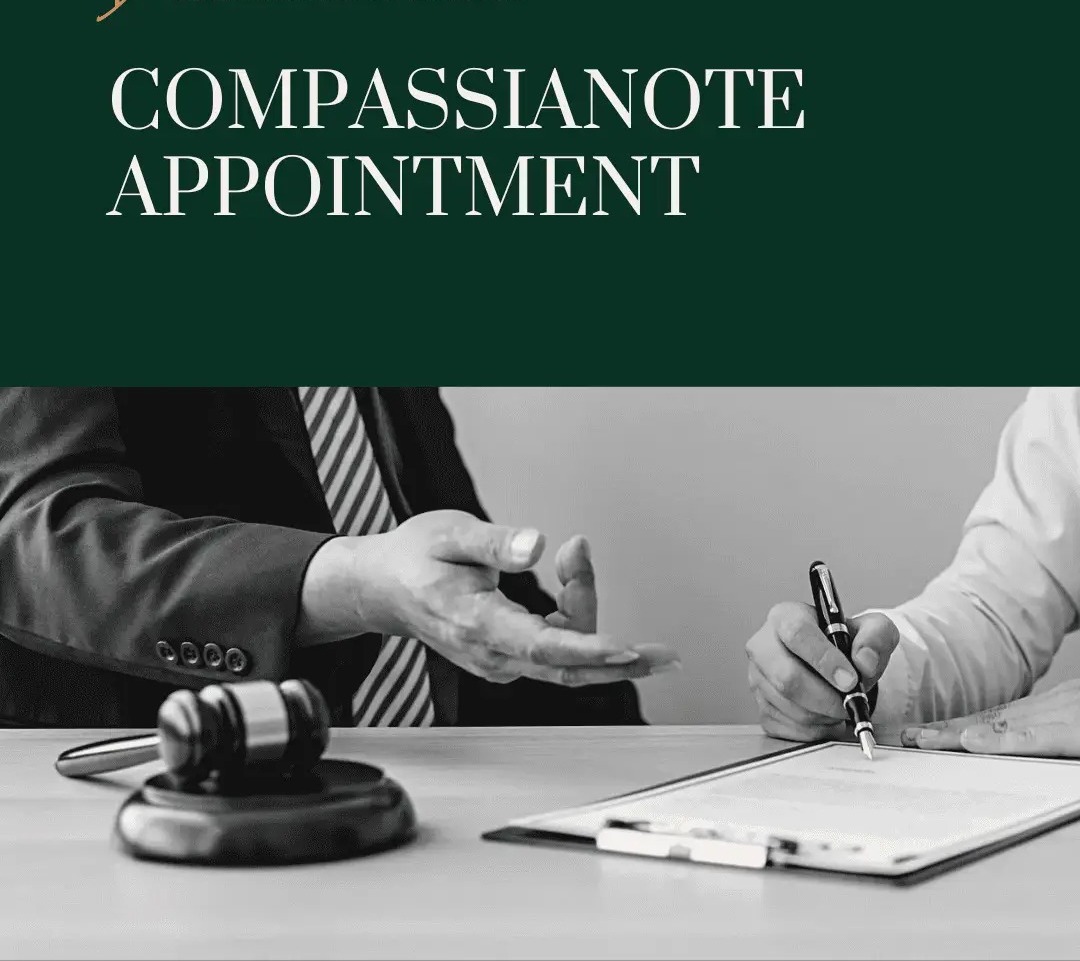Beaumont, C.J.@mdashIn this case the two appellants, who were accused Nos. 1 and 2, and two other persons who were accused Nos. 3 and 4, were charged before the Sessions Judge, Poona, with offences under Sections 302 and 201, Penal Code, that is, with offence of murder, and of causing the evidence of an offence to disappear. The offence u/s 302 is triable by a Judge and jury, and the offence u/s 201 is triable by the Judge with assessors. On the charge of murder the unanimous verdict of the jury was one of "not guilty," and the Judge accepted the verdict and acquitted the accused, although he considered the verdict wrong. Upon the charge u/s 201 the assessors were of opinion that the accused were not guilty, but the learned Judge, disagreeing with the assessors, convicted all the, accused, and sentenced them to four years'' rigorous imprisonment. From that conviction accused Nos. 1 and 2 have appealed.
2. The case provides an illustration of the sort of anomaly which is calculated to arise when offences committed in the same district and arising substantially out of the same set of facts are triable one by a Judge and jury, and the other by the Judge with assessors; since in the one case the jury, and in the other case the Judge, has to determine questions of fact, and their appreciation of the evidence may differ. Section 306, Criminal Procedure Code, provides that when the Judge does not think it necessary to express disagreement with the verdict of the jurors, he shall give judgment accordingly. It is to be noticed that the section does not require that the Judge should agree with the verdict of the jury before accepting it, but only that he should not think it necessary to express disagreement. If he does think it necessary to express disagreement, then his only course is to refer the case to the High Court u/s 307; but the High Court has held on many occasions that on references u/s 307 it will not interfere with the verdict of the jury unless such verdict is perverse. It may, therefore, not infrequently happen that a Judge trying a case with jury considers that the appreciation of evidence by the jury is incorrect, and that their verdict is wrong, but, at the same time it is not so perverse a verdict as to justify a reference to the High Court; and that was the position which arose in the present case. The Sessions Judge having accepted the verdict of the jury in respect of the murder charge, acquitted the accused on that charge, and then disagreeing with the assessors, who in that character naturally took the same view of the evidence as they had taken as jurors on the other charge, convicted the accused u/s 201. In dealing with the charge u/s 201, the Judge acted upon the view of the evidence which he considered right, notwithstanding that that view differed from the view which the jury had taken on substantially the same evidence, and upon which their verdict had been based.
3. In my opinion, the learned Judge was right in acting upon his own view of the evidence. In the course of the argument; 1 felt some doubt as to whether the Judge in trying the charge u/s 201 could act upon evidence inconsistent with the verdict of the jury. The judgment of the Court giving effect to the verdict of the jury and acquitting the accused is a judgment in rem, which would be conclusive, at any rate in any further criminal proceedings, to show that the accused persons did not commit the murder with which they were charged. Now to establish a charge u/s 201, it is necessary for the Crown to prove that an offence was committed, and that the accused caused evidence of the commission of that offence to disappear with the intention of screening the offender from legal punishment. In the present case there is no evidence that murder or any other offence was committed, apart from the evidence that the accused committed it. The story of the prosecution is that a woman and her child were murdered by the accused by strangulation, and that their bodies were then placed in a sack and thrown into a well, from which they were recovered some two months later The bodies were in such a state of decomposition that the doctor who performed the post mortem examination was unable to state the cause of death. He sent certain internal organs of the woman to the Chemical Analyser, and in those organs traces of arsenic were discovered, so that, the medical evidence is consistent with the view that death was caused by poison which might have been self-administered. In order to establish the charge u/s 201, it is, therefore, necessary to rely on evidence that the accused committed murder. In my opinion this can be done, since the trial of the charge u/s 201 is not a fresh trial. There was only one trial upon the two charges under Sections 302 and 201 and there was only one judgment, acquitting on the one charge, and convicting on the other. It is true that the two portions of the judgment are based on conflicting views of the same evidence, but this is occasioned by the fact that the law imposes upon different authorities the duty of appreciating the evidence on the respective charges.
4. In my opinion, therefore, there is no legal objection to the judgment appealed from, and all we have to do is to decide whether the Judge''s view of the evidence is correct. In my opinion, there is no doubt that such view is right. All the four accused made detailed confessions as to how the crime was committed. Accused No. 1 was the husband, and accused No. 2 was the brother of the deceased woman, and her mode of life, which had been somewhat profligate, provided a clear motive for the crime so far, at any rate, as the two appellants are concerned. All the confessions were retracted, those of accused Nos. 1, 2 and 4 before the Committing Magistrate, and the confession of accused No. 3, before the Sessions Judge. He adhered to his confession before the Committing Magistrate. I see no reason why those confessions should not be accepted. They were corroborated in this, namely, that all the confessions say that the ornaments of the murdered woman were taken by accused No. 3, and accused No. 3 produced those ornaments from his field. The finding of arsenic in the body of the woman may have caused the jury to doubt whether the Story in the confessions was the true one. The amount of arsenic found was rot in itself sufficient to account for death, though no doubt there may have been more arsenic in the body at the time of death. There is no evidence to account for the presence of arsenic, and there is nothing on the record to suggest that anybody poisoned the murdered woman, or that she ever had any intention of committing suicide. If the confessions are true, as I feel no doubt they are, the conviction of the appellants u/s 201 was clearly right. I think, therefore, that the appeal must be dismissed.
N.J. Wadia, J.
I agree.

